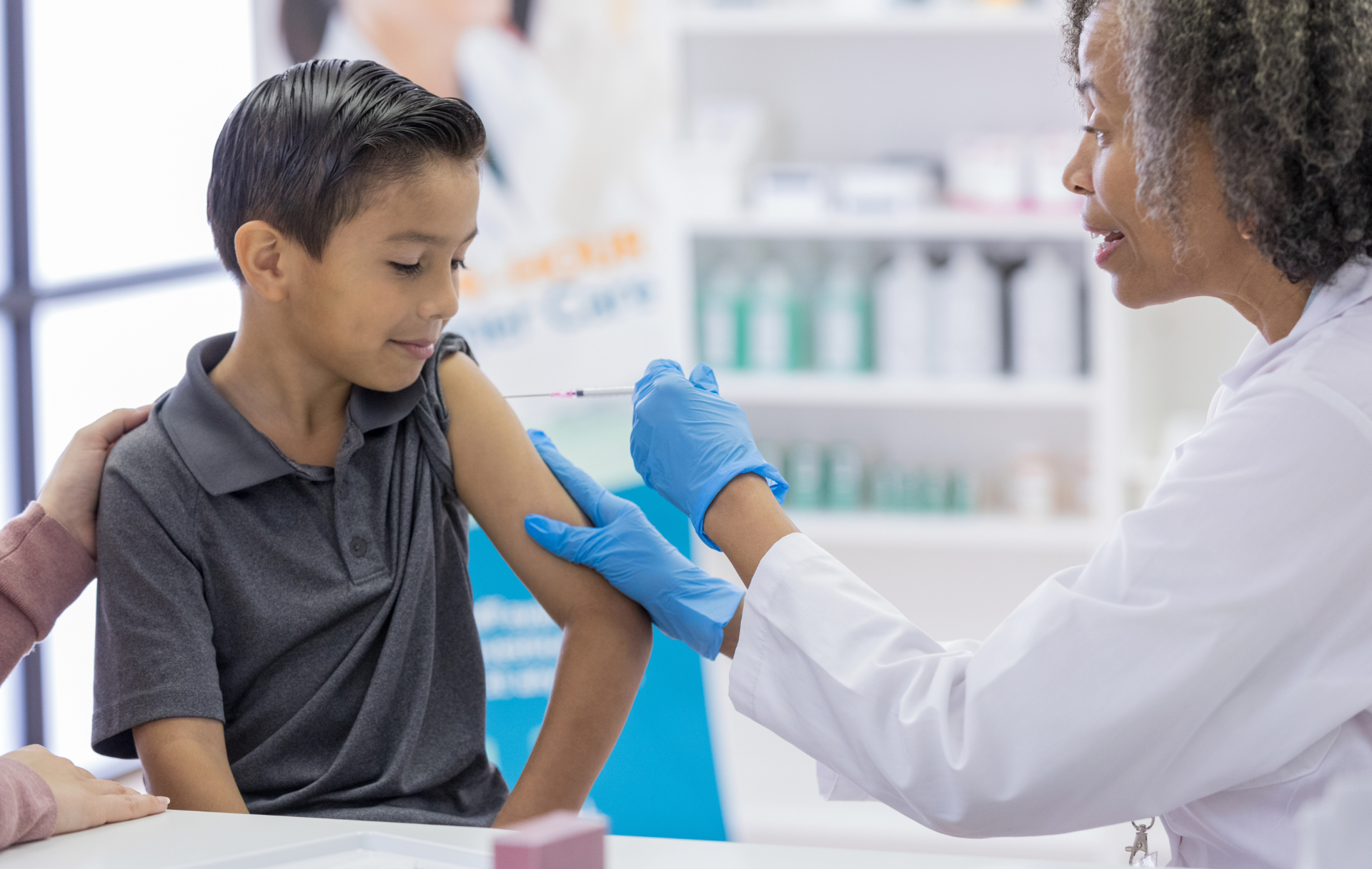Thank you to our contributing author, Vinod Subramanian, Chief Operating and AI Officer, MedAdvisor Solutions
In our Pharmacy of the Future series, we’re exploring how the pharmaceutical industry is evolving to meet the demands of today’s healthcare landscape. In our last installment, we looked at how direct-to-patient (DTP) models are redefining patient engagement. In this installment of our “Pharmacy of the Future” series, we explore how direct –to patient (DTP) models are not just redefining engagement but reshaping healthcare equity itself. By removing barriers to access, adherence and support, pharmaceutical companies have the unprecedented opportunity to elevate the experience of individuals who need it most, wherever they are.
Before diving into direct-to-patient (DTP) strategies, it’s important to clarify how these differ from the more common direct-to-consumer (DTC) communication strategies. While DTC focuses on reaching a broad audience—including individuals who may not yet be aware of their medical needs—DTP is specifically designed to engage with existing patients, providing them with targeted information about managing their conditions and treatment options. Essentially, DTC aims to educate and attract potential patients, while DTP hones in on empowering those already on their healthcare journeys. With that distinction in mind, let’s explore the nuances of direct-to-patient models.
A mother in a rural town struggles to manage her child’s chronic asthma. The closest pharmacy is two hours away. She resorts to skipping doses when supplies run low, leading to sleepless nights, ER visits, and mounting frustration. Meanwhile, in a densely populated urban center, a college student juggles three part-time jobs while trying to afford her insulin prescription. She skips doses to stretch her supply, her health deteriorating with each compromise.
Scenarios like these are all too common, and they reveal critical gaps in the traditional healthcare system—gaps the direct-to-patient (DTP) model seeks to close. By removing barriers to access, adherence and support, DTP enables pharmaceutical manufacturers to transform healthcare for patients like these, ensuring that the care they need reaches them where they are and when they need it most.
Closing the Gaps in Access and Equity
Unlike traditional models that rely on intermediaries, DTP prioritizes patient-centric care, offering streamlined access to therapies, education and personalized resources. This dynamic is critical in reaching underserved populations. It’s not difficult to see why.
Imagine living in a community with no pharmacy for miles or in a neighborhood where the nearest clinic is too costly to visit regularly. These are realities for millions of people who face barriers to accessing healthcare. For patients in pharmacy “deserts” or socioeconomically disadvantaged areas, navigating a fragmented healthcare system often fails to meet their needs.
Enter the direct-to-patient (DTP) model. By delivering medications, education and personalized support directly to patients, this model eliminates barriers and provides them with the tools to take charge of their health, improving health outcomes. This shift isn’t just beneficial—it's transformational—whether it’s a senior receiving heart medication through home delivery or a parent using telehealth to consult a pediatrician without missing work.
By addressing cultural, financial and geographic barriers, DTP advances health equity, making quality care universal. But the model is far from just aspirational. Indeed, when pharmaceutical companies pursue the model strategically, it becomes both practical and attainable to implement.
A Blueprint for DTP Success
The process begins by deploying capable technology. For example, a diabetes patient in a remote area can schedule a virtual consultation through a telemedicine platform, where a provider can prescribe the necessary medication. That prescription integrates into a secure digital platform, enabling the patient to track their order, access educational and connect with support teams for real-time assistance. AI-powered analytics enhance this process by identifying underserved populations and customizing interventions to meet their unique needs.
The next step is ensuring the medication reaches the patient quickly and safely. Coordinated partnerships with specialty pharmacies facilitate the home delivery of complex therapies, adhering to stringent storage and handling requirements. And direct shipping models streamline delivery to remote areas, eliminating geographic and logistical barriers while maintaining compliance with all regulations.
While access is crucial, supporting patients on their treatment plans is equally important. Patient support programs provide customized education and counseling, offering personalized guidance about medications, potential side effects and disease management. Meanwhile, mobile apps help patients stay on track with their treatment plans, while nurse-led follow-ups ensure adherence.
Affordability is a significant obstacle for many patients, which can be addressed through co-pay assistance programs, subsidies and financial relief initiatives. Collaborations with community organizations can provide support with these efforts by ensuring underserved populations are aware of and can access DTP services.
Finally, a sustainable DTP model should incorporate robust feedback mechanisms. Connected devices and patient-reported outcomes provide real-time insights, enabling pharmaceutical companies to monitor adherence, track progress and intervene early when challenges arise. By continuously analyzing feedback and outcomes, these programs evolve to stay aligned with patient needs, ensuring they deliver impactful results over time.
Through this integrated, systematic approach, pharmaceutical companies can create a robust DTP model that prioritizes patient access and adherence while reducing disparities in healthcare delivery. It’s a framework that can deliver significant, meaningful changes.
The Transformative Impact of DTP
For patients like the mother in the rural town or the college student in the city, the DTP model, through patient education, increases awareness and medication adherence, thereby improving health outcomes. The mother relies on regular medication deliveries and virtual consultations to successfully manage her child’s asthma. Meanwhile, the college student, no longer forced to ration her insulin, gains peace of mind through financial assistance programs that make her prescription affordable.
With a DTP model, pharma companies can advance a patient-first healthcare system that prioritizes access, equity and empowerment for all. The model is practical, achievable and sustainable, which transforms the healthcare delivery dynamic: The question is no longer if we can achieve health equity. It’s how soon will we make it a reality.









